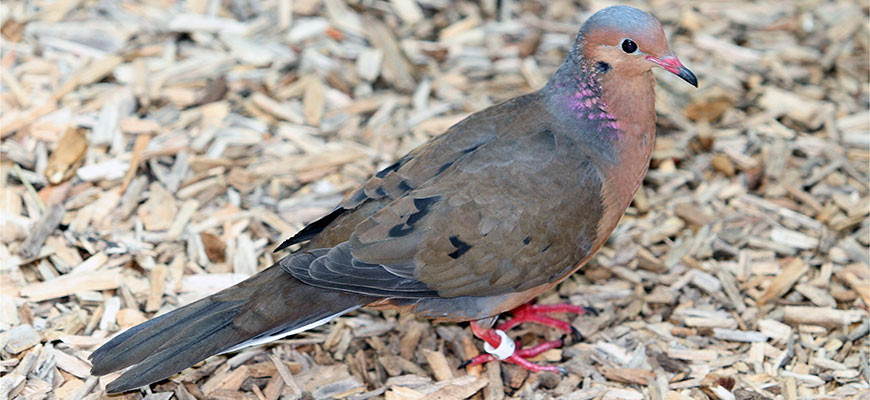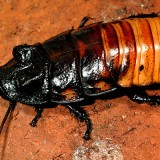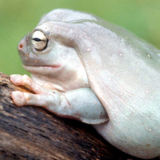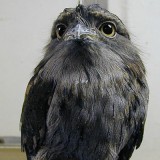CLASSIFICATION
Order: Passeriformes
Family: Thraupidae
Genus: Zenaida
Species: graysoni
RANGE
The Socorro dove is extinct in the wild. It was endemic to the Pacific island of Socorro off the coast of Mexico.
HABITAT
Before becoming extinct in the wild, they were found in humid forests, but would move to the lowlands during breeding season. They are thought to have preferred living in the dense underbrush of ferns and other native plant species and are believed to have been seed dispersers for these same plants that were decimated due to invasive grazing animals like sheep
SIZE
Length: 10-14 inches.
Weight: Apx. 6.7 ounces.
LIFE EXPECTANCY
Approximately 15 years.
REPRODUCTION
- There is not much known about the wild breeding habits of this species due to their extinction in the wild, but their altitudinal migration to the lowlands was believed to be a reflection of their breeding season.
- Females in captivity lay an average of 2 eggs.
- Incubation lasts from 13-17 days.
- Young will fledge around 14-20 days.
DIET
Seeds, fruits, berries and insects.
BEHAVIOR
The Socorro dove is terrestrial and feeds on the ground for seeds, fruits, berries and insects. They are thought to be solitary with pairs only coming together for the breeding season and splitting after chicks fledge. Closely related to the mourning dove, they have a very similar call made up of a single “coo-oo” followed by three “oo”. They are so closely related to this species that they were once considered a sub-species of the mourning dove, but over the years they developed specific adaptations to survive on the island of Socorro. These adaptations include more well-developed feet and darker coloring to blend with their surroundings.
POINTS OF INTEREST
- This species was once very common but due to predation has now gone extinct in the wild.
- Both male and female are darker than their mourning dove counterparts, with the males being a dark reddish-brown and females and juveniles being slightly lighter in color.
STATUS
The Socorro dove is extinct in the wild. This extinction was brought on by predation caused by invasive species. The most notable being the introduction of cats to the island, which extirpated the species. Work has been underway to clear the invasive species population from the island, but it has yet to be completed.
However, this species was saved by an expedition in 1925 which collected 17 of the remaining birds. The last confirmed sightings of the dove in the wild was in 1972. Estimates indicate are only around 100 purebred birds remaining in captivity. There are other hybridizations of this species remaining from collectors, aviculturists and pet owners who crossbred the endangered species with other doves. Reintroduction efforts have begun by trying to breed the remaining purebred birds in zoos and aviaries; excluding hybridizations whose traits may be detrimental to the Socorro dove if reintroduced.





